
Joe Tabbanella – Introduction to Biofeedback – Parts 1 and 2
“Introduction to Biofeedback – Parts 1 and 2” by Joe Tabbanella likely provides a comprehensive introduction to the principles, techniques, and applications of biofeedback for health, wellness, and self-regulation. Here’s an overview of what participants might expect from each part of the program:
Part 1:
- Understanding Biofeedback: Overview of biofeedback as a therapeutic technique that measures physiological responses and provides real-time feedback to help individuals learn self-regulation skills.
- Biological Signals: Introduction to the various physiological signals measured in biofeedback, such as heart rate, skin conductance, muscle tension, and brainwave activity.
- Biofeedback Devices: Explanation of different types of biofeedback devices and sensors used to monitor physiological responses, along with demonstrations of their operation.
- Self-Regulation Techniques: Instruction on basic self-regulation techniques, such as deep breathing, progressive muscle relaxation, and visualization, to modulate physiological responses.
- Applications: Exploration of the diverse applications of biofeedback in health care, sports performance, stress management, pain management, and psychological therapy.
Part 2:
- Advanced Techniques: Delving deeper into advanced biofeedback techniques and protocols for specific applications, such as neurofeedback for optimizing brain function and heart rate variability training for stress resilience.
- Integration with Mindfulness: Integration of biofeedback with mindfulness and meditation practices to enhance self-awareness, emotional regulation, and overall well-being.
- Biofeedback Training: Guidance on setting up and conducting biofeedback training sessions, including assessment, goal setting, treatment planning, and progress monitoring.
- Case Studies: Examination of real-life case studies and success stories illustrating the effectiveness of biofeedback in improving health outcomes and enhancing performance.
- Ethical Considerations: Discussions on ethical considerations in biofeedback practice, including client confidentiality, informed consent, and professional standards of conduct.
- Community Support: Opportunities for participants to connect with other biofeedback practitioners, share experiences, and access ongoing support and resources for further learning and development.
Overall, “Introduction to Biofeedback – Parts 1 and 2” offers a comprehensive and practical introduction to the theory and practice of biofeedback, empowering participants to harness the power of self-regulation for health, wellness, and personal growth.
Welcome to the wonderful world of Hypnosis and Biofeedback with Instructor, Joe Tabbanella, C.Ht. A Senior Staff Instructor at HMI with over 10 years of clinical experience, Joe specializes in combining Hypnosis, NLP and Biofeedback as a comprehensive approach to changing unconscious patterns. Joe facilitates recovery at a dual diagnosis Treatment Center for addiction in Malibu leading groups as well providing one on one sessions.
Simplifying complex concepts with demonstrations, real life examples and evidence based data, this two part series (parts 1 and 2) guides hypnotherapy students through this Introduction to Biofeedback and how its skilled application can serve as a powerful addition to their hypnotherapy practice.
This series covers an introduction to these forms of Biofeedback:
Peripheral Biofeedback
- GSR (Galvanic Skin Response) – Measuring and influencing skin conductance.
- EMG (Electromyogram) – Measuring and influencing muscle tension.
- Thermal Feedback Training (Hand Warming) – Measuring and influencing the skin temperature of the fingers.
- HR (Heart Rate Variability) – Measuring and influencing the beat to beat per minute of the heart.
Neurofeedback
- Alpha-Theta Training (Brainwaves akin to Hypnosis) – Measuring and influencing brain waves.
Also Included in this Series
- Sympathetic Nervous System (SNS) (Arousal) – Provides and understanding of how the stress response is the driving force behind all of our unconscious programs.
- Hypnosis and Biofeedback – Provides an understanding of the integral connection between biofeedback and hypnosis.
- Mindfulness and Intention – Provides an understanding of how awareness of internal processes combined with intention can help change an unconscious response to stimuli.
- Demonstrations – Provides demonstrations of interventions while measuring the body/brain’s response.
- Interventions – Provides interventions that can be applied today, having already witnessed the body/brain’s response to these techniques.
- The Science of Hypnosis – Provides a comprehensive understanding as to what is occurring in the body/brain during hypnosis.
This Online Continuing Education Course Includes
- 180 Days Access
- 4 Hours of Streaming Video
- 29 Page PDF Workbook
- Online Quiz with True/False and Multiple Choice Questions
- Certificate of Completion for 4 Hours of Advanced Continuing Education
DOWNLOAD INSTANTLY
PLEASE CHECK ALL CONTENTS OF THE COURSE BELOW!
Salepage : Joe Tabbanella – Introduction to Biofeedback – Parts 1 and 2

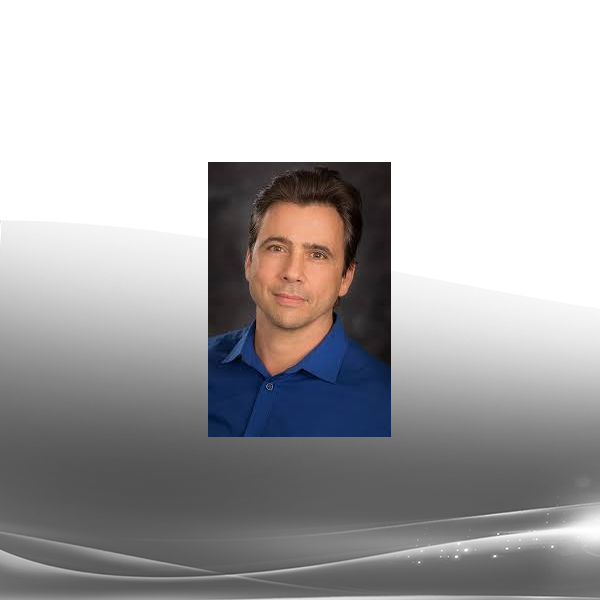
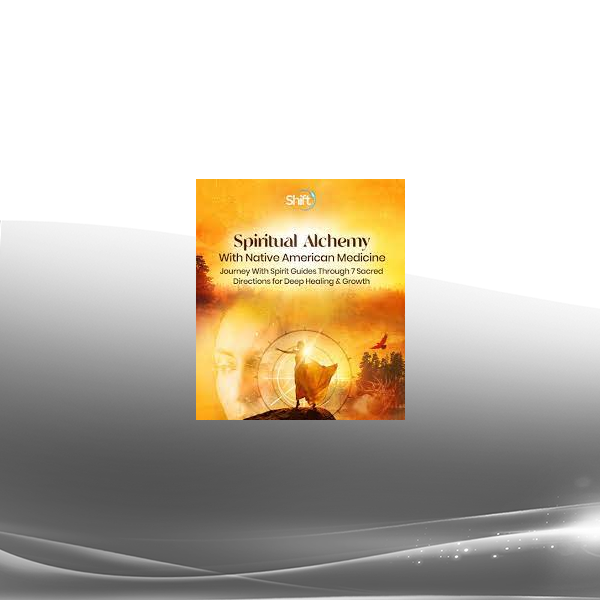
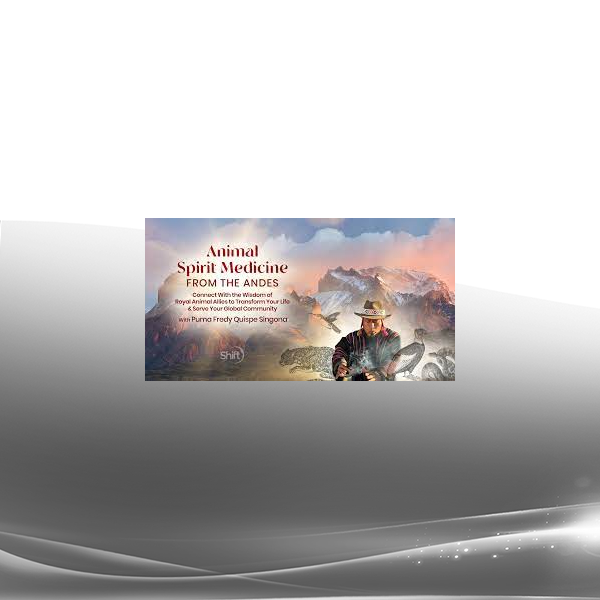
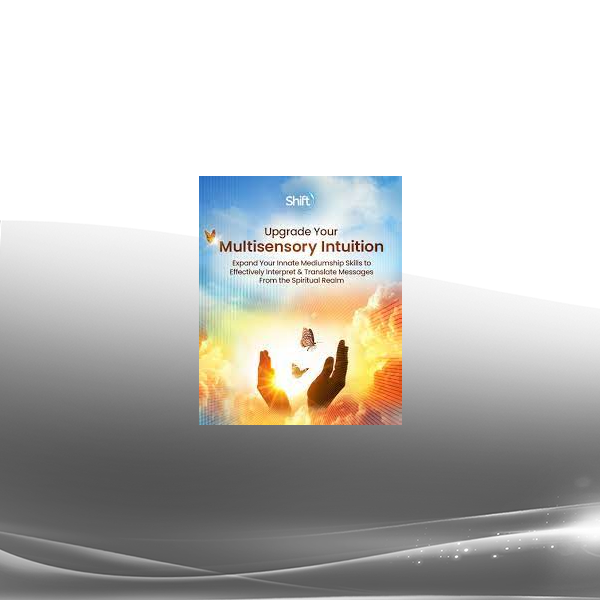
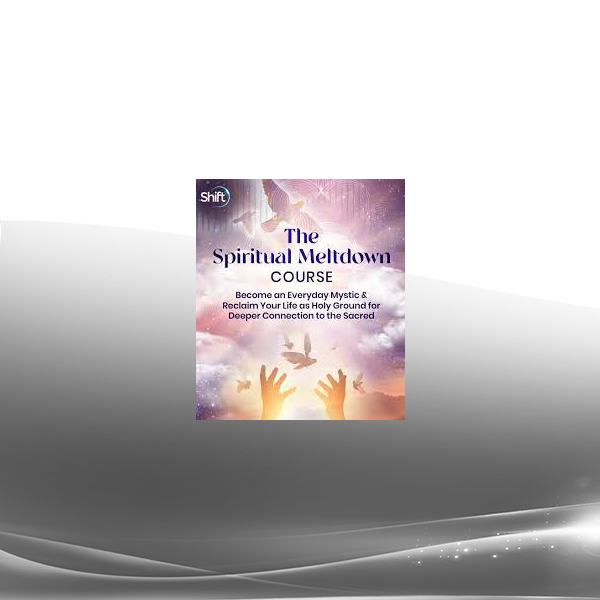
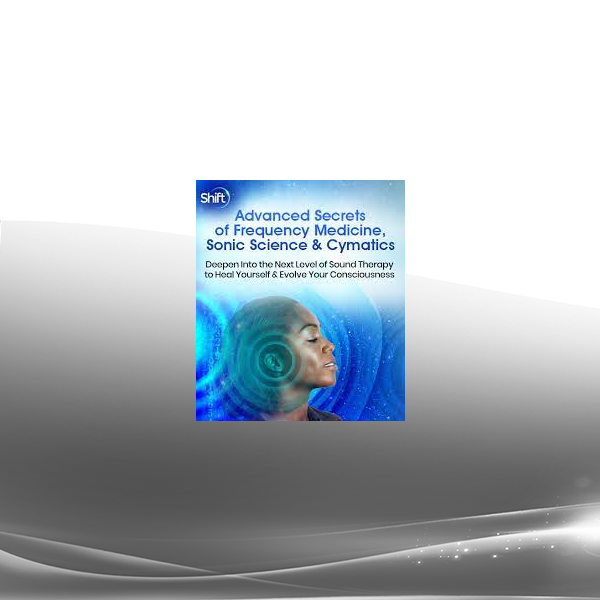
Reviews
There are no reviews yet.